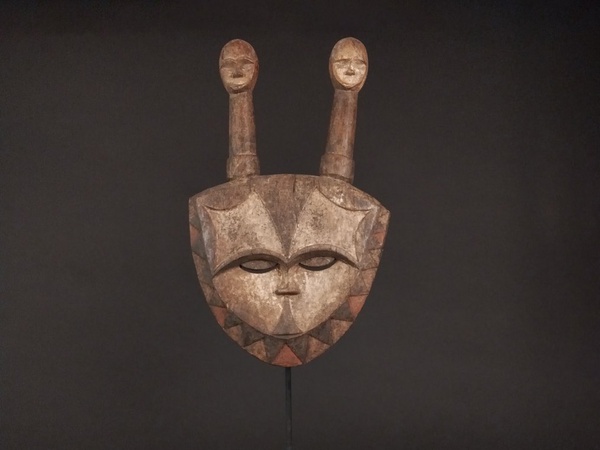I conduct research and provide critical analysis on human security, and development issues.
Uyo, Nigeria
Ibibio Art Heritage: A Study of Nwonimo

Indeed, colonialism had tremendous effect on the cultural heritage of the African peoples. Just like Frantz Fanon, in 1952, expressed in his masterpiece entitled"Black Skin, White Masks", colonialism deconscientised the Black peoples' psyche, such that they became engulfed with inferiority of their own self and humanness,but felt comfortable depending shamelessly on the White man and his culture.
Unfortunately, this feeling of inferiority has remained till present, resulting in the unashamed rejection of our cultural values, norms and heritage. We, Africans, have been psychologically manipulated to sacrifice our cultural root and products in the face of foreign and strange religions, cultures and innovations. Howbeit, it is so absurd how we have forgotten so fast that the same science, technology, religion, politics and social transformations we have embraced today,had their roots in the indigenous African style and patterns. Science and technology are as old as mankind and had been invented by our forefathers who took advantage of them in their own time and according to their own knowledge. So, why the noise? And why have we chosen to relinquish what we had for what is strange and not ours?
One of the cultural products contemporary Ibibio people have rejected in the face of new righteousness and "churchianity" is the Nwommo Traditional Art. Nwommo is a building built in honour of a deceased Ibibio warrior who was an Ekong initiate, at the time of his funeral. A large cloth designed with patchwork, was usually inside the Nwommo. Also, very bold geometrical patterns were clearly visible on the cloth.
The warriors who were entitled to owning a Nwomino upon their demise and passage to the afterworld, were usually members of the Ekong sociocultural society, a highly reputable group in traditional Ibibio land. They were highly revered and also received special honours both in their lifetime and after their death. In some villages in Ibibio land, these warriors were decorated for their bravery with grant of palm oil bush - an award aimed at encouraging them to fight wars and defend the land.
At death, the remains of an Ekong initiate was embalmed, dressed in the Ekong costumes and made to sit majestically on a special chair for some days so that the living could pay him their last respects. Deceased Ekong initiates were immortalised, as they were buried in a largely decorated edifice called, Nwommo otherwise known as "Warrior Shrine." Usually adorned with graffiti, perhaps, the Nwommo, was the largest decorated shrine in Ibibio land.
Of course, one may wonder why the living bother themselves so much as they go as far as erecting a house for the dead. However, the simple reason for doing so can be deducted from the Ibibio adage thus: "Ekpo akpa ayin, ikpaha utong". What this means is that even in death, the dead is alert to the activities of the living. As such, there is need to honour them with a safe abode.
Interestingly, all the belongings of the deceased Ekong initiate : warheads, personal items like matchete, climbing rope, paddles, plates, spoons, knives and even the bones of animals sacrificed at the funeral were all displayed at the Nwommo. These items, in addition to the Nwommo itself, all testified to the great accomplishments on the Ekong initiate who upon death, automatically becomes an ancestor.
Another point to make in regard to the Nwommo is that it is decorated with varieties of colours of clay, charcoal, shades of green plants obtained from away, shades of reds obtained from cam-wood and red iron oxide, and shades of blues obtained from traditional indigo dyes.l All these put together, made the Nwommo a unique African art piece valued by the West and rejected by its original owners.
May the gods forgive us.


Ibibio Art Heritage: A Study of Nwonimo
By
 Ugochukwu Asiogu
•
1 play
Ugochukwu Asiogu
•
1 play
 Ugochukwu Asiogu
•
1 play
Ugochukwu Asiogu
•
1 play
0:00 /
0:00
Other insights from Ugochukwu Asiogu
Referral Earning
Points-to-Coupons
Insights for you.




 1185
1185




























































Comments